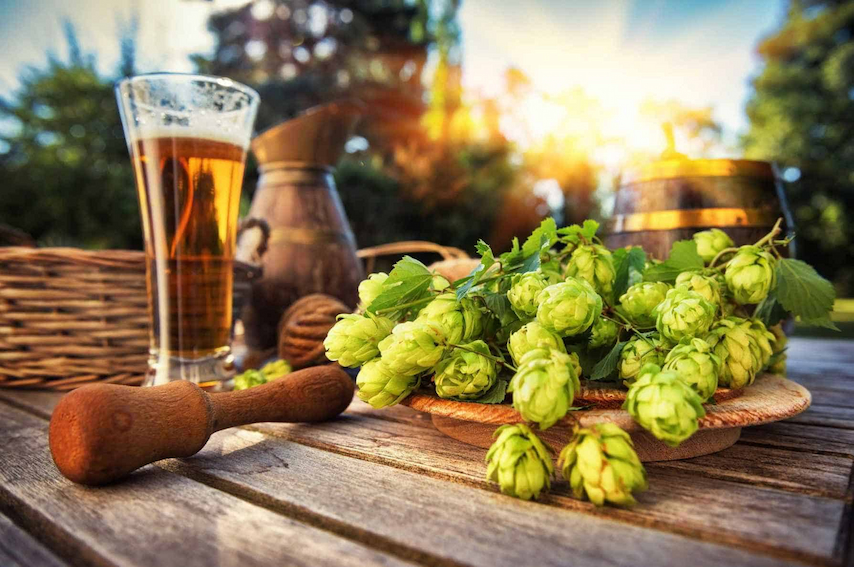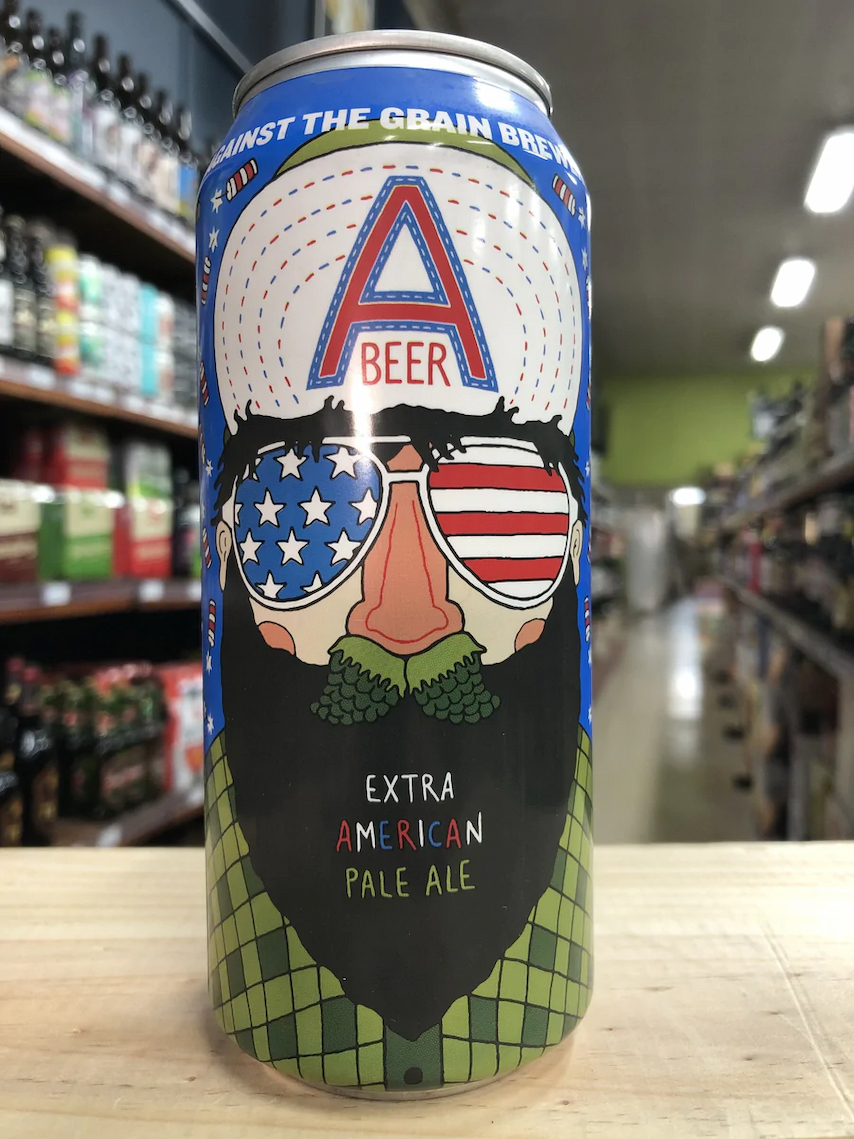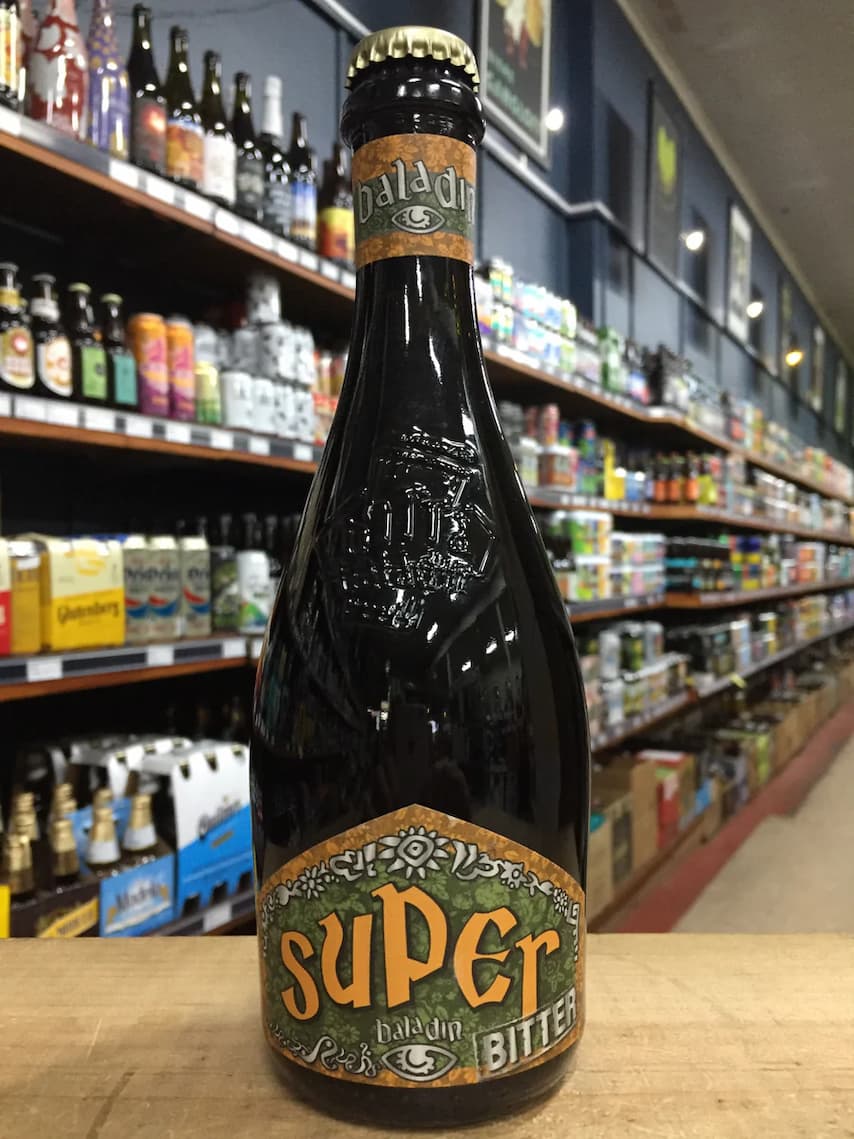Let’s be real – there’s nothing quite like a hoppy and flavorful IPA to quench your thirst on a long, hot day. The tasty and refreshing appeal of a cold one is what drives so many craft brewers to keep experimenting and exploring the world of beer. But how much do you really know about this unique brew?
The History of Hops in IPA Brewing

Source: unknownbrewing.com
Way back in the 18th century, brewers began using hops as part of their beer-making process. This bitter ingredient, which is actually a flowering plant, was used to reduce bacteria, add flavour and aroma, and act as a preservative. As time passed, they continued to experiment with different types of hops and their combination, resulting in the emergence of that beloved flavourful IPA we all know and love today.
The acronym IPA stands for India Pale Ale – a type of beer that was initially brewed in Britain for export to British troops stationed in India. The addition of hops to the beverage helped it survive the long journey, and instead of becoming sour or nasty along the way, it developed a unique malty taste and aroma.
This new edge to the drink gained enormous popularity and was soon served in a variety of beer steins and mugs for all to enjoy. The tradition carried on and now the delicious IPA beers we’re familiar with have become an international favourite.
How Many Types of IPA Beers Are There?
As with any long-standing tradition, craft brewers continue to explore new ways of brewing their beloved IPA beer. This has resulted in the development of a variety of styles and sub-styles, each with its characteristic aromas, flavours, and bitterness.
American-Style IPA

Source:purvisbeer.com.au
This type of IPA is usually characterised by a more balanced hop profile, with notes of citrus, pine, and tropical fruits. Its inherent maltiness provides a great counterbalance to the hop notes and makes it very drinkable – even for those who are not huge fans of hoppy beers.
In terms of appearance, it pours a golden colour with an off-white head and a moderate level of clarity. The scattered lacing in the glass and its nice haze add an attractive touch to this brew, with moderate carbonation and a medium body.
Imperial/Double IPA
As its name implies, this type of beer has double the hop content of a regular IPA. Its intense bitterness, combined with aromas of citrus and pine, is sure to please hop-lovers everywhere. The malt content is also increased to balance out the intensity, giving it a slight sweetness that adds complexity to the beverage.
Its appearance is similar to that of a regular IPA, with a pale to light amber colour and a white head. Its high clarity level and moderate carbonation add a pleasant touch to this type of IPA, along with its medium body and thick lacing in the glass.
Session IPA

Source: purvisbeer.com.au
A brew that is lighter in both bitterness and alcohol content, the session IPA is suitable for those who prefer to enjoy a few drinks without getting drunk. Its top notes are usually more subtle, with citrus and floral aromas being dominant.
It pours a light golden colour with a light top head and a balanced clarity level. It’s quite light in body, with several layers of lacing in the glass and limited carbonation. The more you leave it to breathe, the more intense its aromas become.
New England/Hazy IPA
This type of beer is characterised by its cloudy appearance, which comes from the use of a special brewing process that adds proteins to the mix. This involves gently stirring the mash, which suspends the proteins in the beer. The end result is a hazy, almost milky effect to the brew with a creamy texture.
The hop notes are usually more subtle and contain a combination of tropical fruits, with no real bitterness present. It’s usually medium in the body and has a good balance of carbonation, with thick lacing left behind in the glass.
Fruit & Spice IPA

Source: beerandbrewing.com
Naturally, the fruity undertones in this type of beverage come from the addition of different fruits during the brewing process, such as blueberries, mangoes, raspberries, and peaches. The spices add a nice touch too, with notes of cinnamon and nutmeg being common additions.
The overall taste is relatively sweet, with a medium hop profile. Its appearance usually ranges from light golden to medium amber, with a nice white head and a medium clarity level. Its body is also medium, with good carbonation and an attractive lacing in the glass.
Belgian Trippels
Everyone knows that Belgian beers are unique and the Trippels are no different. Their high ABV ensures a strong punch of flavours, with notes of dark fruits such as plums and raisins, along with light spices such as coriander. Their maltiness gives them a nice sweetness that is well-balanced with the hop profile, without being too intense.
The appearance is usually quite attractive, with a light amber colour and a creamy head. They have good clarity levels, although they’re slightly darker than most other types of IPA. Their body and carbonation are both medium, and the glass usually has a nice coating of lacing.
East Coast Bitters

Source: purvisbeer.com.au
This unique type of beer combines the best of both worlds, with a balanced hop profile that incorporates sweet and bitter notes. The aromas are quite subtle and usually contain hints of citrus, herbs, and spices.
The appearance of an East Coast Bitter is usually a light golden colour with a thin head and good clarity levels. Its body is quite light, with low carbonation and limited lacing in the stein.
